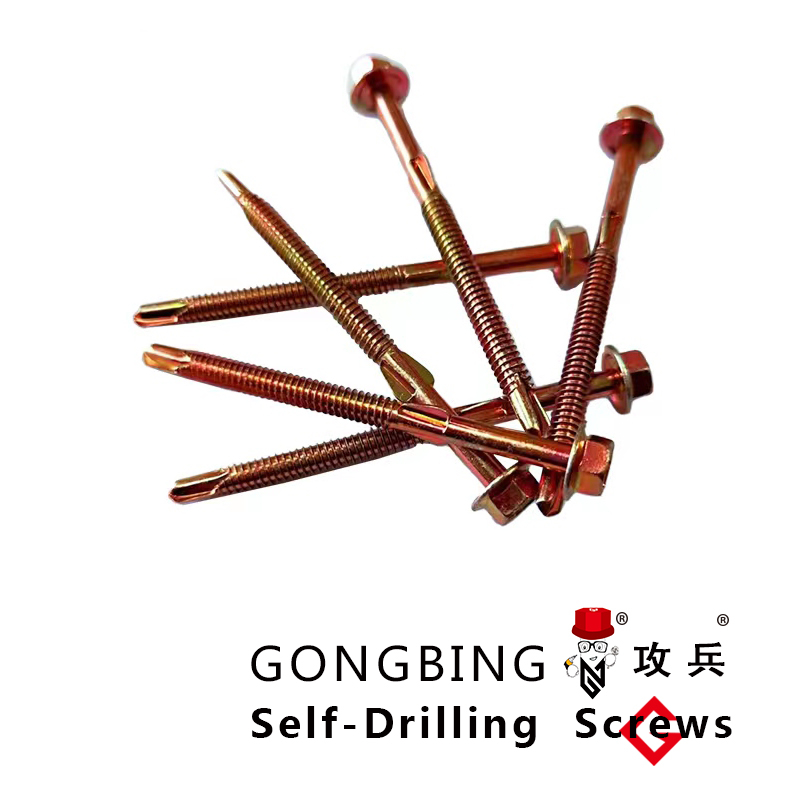Exploring the Market Trends and Pricing for Chemical Anchor Fasteners in Construction Industry
The Pricing Landscape of Chemical Anchor Fasteners
Chemical anchor fasteners have emerged as a crucial component in the construction and manufacturing industries due to their reliable strength and versatility. These fasteners, typically composed of a resin that binds with an insert, provide robust anchoring solutions for various applications. As demand continues to increase, understanding the pricing dynamics of chemical anchor fasteners becomes important for both suppliers and consumers.
Factors Influencing Prices
Several key factors determine the price of chemical anchor fasteners. One of the primary influences is the raw materials used in the resin formulation. Higher-quality materials often result in better performance and durability, but they also increase production costs. Moreover, fluctuations in the prices of these raw materials can lead to varying costs of chemical anchors in the market.
Manufacturing processes also play a significant role in pricing. Those companies that invest in advanced technologies for production might incur higher initial costs. However, they can achieve greater efficiency and consistency in product quality, which can justify a higher price point. Conversely, manufacturers that rely on traditional processes may offer lower prices but risk quality inconsistency, potentially affecting their long-term competitiveness.
Additionally, market dynamics, including supply chain logistics and global demand, significantly impact prices. For instance, disruptions due to geopolitical tensions, shipping challenges, or even natural disasters can lead to supply shortages and price surges. On the other hand, a saturated market with numerous manufacturers can create competitive pricing, ultimately benefiting consumers.
The Role of Brand and Application
chemical anchor fastener price

Brand reputation is another factor that can significantly influence the price. Established brands with a history of performance and reliability often command higher prices due to consumer trust. In contrast, lesser-known brands may offer more economical options to attract buyers looking for cost-effective solutions.
The application environment also impacts pricing. Chemical anchor fasteners designed for specific industries, such as construction, automotive, or marine, may be priced differently based on their performance requirements. For example, anchors required for heavy-duty applications in construction may be priced higher due to the need for enhanced strength and durability. Understanding the intended application helps consumers make informed choices.
Market Trends and Future Outlook
The trend towards sustainability is emerging as a significant factor in increasingly competitive pricing. Many manufacturers are opting to create eco-friendly formulations, leading to variations in pricing structures. While these advancements may initially appear higher in price, long-term benefits such as enhanced environmental performance and compliance with regulatory standards can provide substantial cost savings.
Looking to the future, the demand for chemical anchor fasteners is expected to grow, driven by ongoing infrastructure projects, renovations, and an increase in prefabricated construction techniques. This growth may lead manufacturers to invest in innovations that can improve the efficiency of production and reduce costs, ultimately impacting pricing.
Conclusion
Understanding the pricing of chemical anchor fasteners requires a multifaceted approach, taking into account factors such as raw material costs, manufacturing processes, brand reputation, and market dynamics. As the industry evolves and adapts to new trends, consumers can expect a wide range of pricing options that reflect the performance and quality of these critical fasteners. Those engaged in purchasing chemical anchors should keep abreast of market trends to ensure they are making informed decisions that balance cost with performance standards. Exploring various sources and product offerings will ultimately lead to finding the right solution for specific anchoring needs.
-
Weatherproof Plastic Expansion Anchors for OutdoorNewsJun.06,2025
-
Sustainability in the Supply Chain: Eco-Friendly TEK Screws ProductionNewsJun.06,2025
-
Load-Bearing Capacity of External Insulation FixingsNewsJun.06,2025
-
Double Head Bolts: Enhancing Efficiency in Industrial MachineryNewsJun.06,2025
-
Corrosion Resistance in Chipboard Screws: Coatings for Wholesale DurabilityNewsJun.06,2025
-
Butterfly Toggle Bolts : Enhancing Structural ResilienceNewsJun.06,2025
